Microbiota: features, varieties, cultivation, reproduction
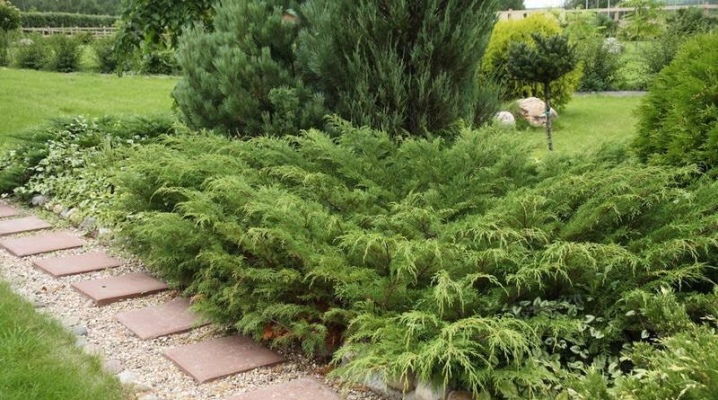
Microbiota is a genus of coniferous shrubs that grow mainly in the east of our country. Gardeners consider the most important point in describing this plant to be its compactness, thanks to which coniferous shrubs are actively used by many in landscape design at their summer cottage or in front of the cottage. Interestingly, in places where microbiota grows, it is almost impossible to find any weeds, because they simply cannot survive next to it. Next, we will take a closer look at the description of coniferous shrubs, find out their types and varieties, and also consider original examples of landscape design.
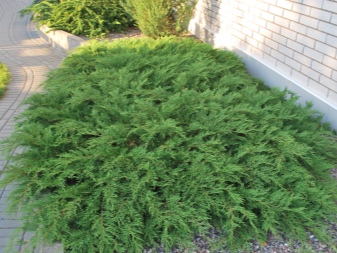
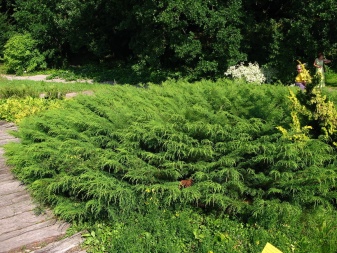
Description
The microbiota belongs to the cypress family, its genus is represented exclusively by one species - the cross-paired microbiota (Microbiota decussata). Many experts consider the microbiota to be a subspecies of the Cossack juniper. This plant is an ideal solution for decorating landscaping in a garden in any region, since it is combined not only with other conifers, but also with many flowers.
Cross-pair microbiota was discovered not so long ago. Despite its widespread popularity today, it is already listed in the Red Book. Nevertheless, this plant is not threatened with extinction, since it is widely grown in our country by many gardeners. Listing in the Red Book is due to the fact that this plant has no so-called relatives growing in other countries.


In the spring-summer period, the color of the coniferous plant is rich green, but in the fall and winter it is brown with a reddish tint. This creeping shrub can reach a height of 30-50 cm, the crown diameter is usually no more than 2 meters. The branches of the plant are thin and spreading, quite tightly pressed to the ground.
The needles of microbiota shrubs are scaly, about 2 mm long, slightly pointed at the top. The microbiota, like other conifers, has small, rounded brown cones. When ripe, they often crack.
Seeds can be collected from them and used in the future for propagation of culture.
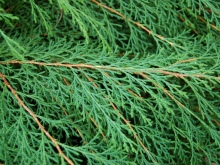
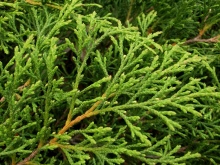
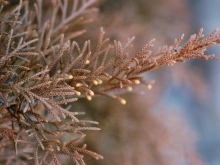
Types and varieties
Despite the fact that the cross-pair microbiota (decussata) is represented by only one species of its kind, several varieties were bred by specialists, we will consider them in more detail.
- Northern Pride. This variety is a sprawling microbiota that can cover a huge area of the garden with just a few plants.
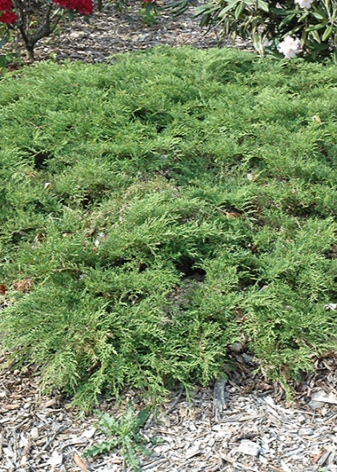
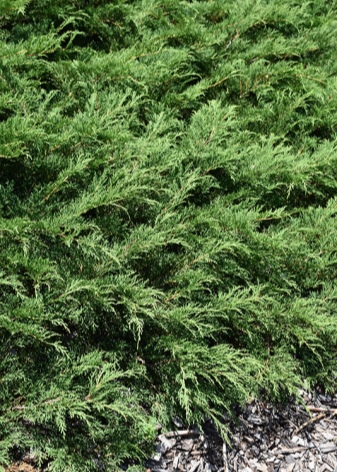
- Celtic Pride. But this variety, on the contrary, is a very compact and less spreading shrub. Ideal for creating neat compositions in landscape design.

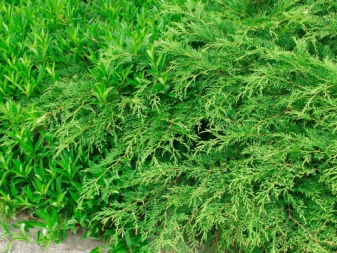
- "Carnival". This variety has yellow-golden spots on green branches, but their number is insignificant.
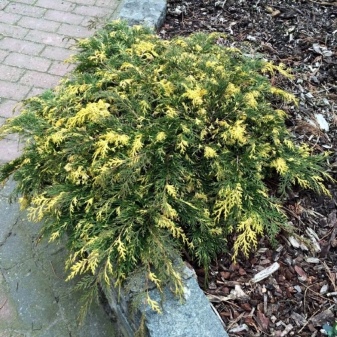
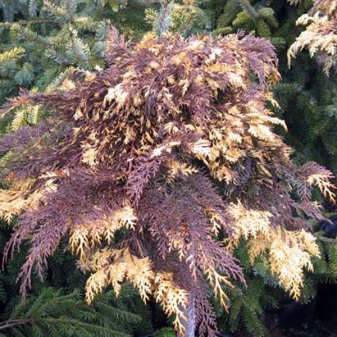
- Jacobsen. It is believed that this variety was bred by specialists from Denmark. The branches are dense, the plant itself has a tendency to grow upward. The shoots of this plant grow twisted, as it were, which gives it a special flavor.

- Goldspot. In this variety, the branches have a spotted green-yellow color. By the autumn period, they can become completely green.
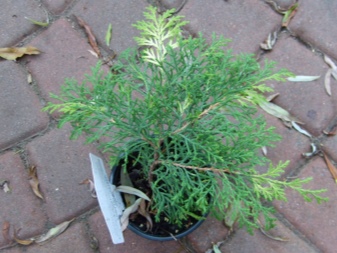

Most of the varieties are very unpretentious in planting and further care, and therefore it is recommended to choose the one you like based on external signs.Microbiota grows well in an urban environment, and therefore many of its varieties can be safely planted near your cottage. In dachas and personal plots, such a coniferous plant is very common.
Landing
The microbiota is a frost-resistant plant that survives well even in harsh climates. Also, this plant is not afraid of sudden changes in temperature and strong winds. For planting microbiota, it is recommended to give preference to loose loamy soils and those that contain sand. The plant does not tolerate acidic soils.
Microbiota grows well on slopes. It is best to choose a place in the shade for this plant. However, sunny areas do not greatly affect the vital activity, except that they slightly slow down the growth upward. It should be noted that on heavy loamy soil, the plant can grow and develop for a very long time.
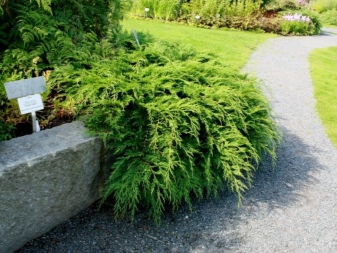
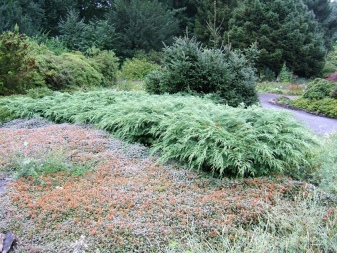
When planting between two shrubs, it is recommended to maintain a distance of 1 meter. The planting hole should match the size of the plant's root system. When planting in a hole, it is recommended to fill up the drainage. Deepening of the root collar of a plant is possible up to 2 centimeters. As a planting substrate, you can use special mixtures or sand mixed with soil and peat.
If the recommended outdoor planting conditions are observed, the plant will develop without any problems.


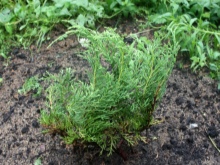
Follow-up care
After planting, the plant requires regular watering and mulching, which has a beneficial effect on the state of the microbiota, and also serves as the prevention of various diseases and pest attacks. You can use special peat chips as mulch. From time to time, the microbiota should be weeded and loosened next to it. Gardeners rarely do pruning, since the microbiota already perfectly holds the shape of the crown..
Watering
The first watering is carried out immediately after planting, then it should be regular and abundant, but it is not worth pouring. It is believed that the plant tolerates drought well. It is optimal to water the microbiota as the soil dries out, but not more often than once a week. With severe drought, watering can be increased, and with frequent precipitation, on the contrary, reduced. It should be noted that with excessive moisture, the roots of the plant can begin to ache and rot.
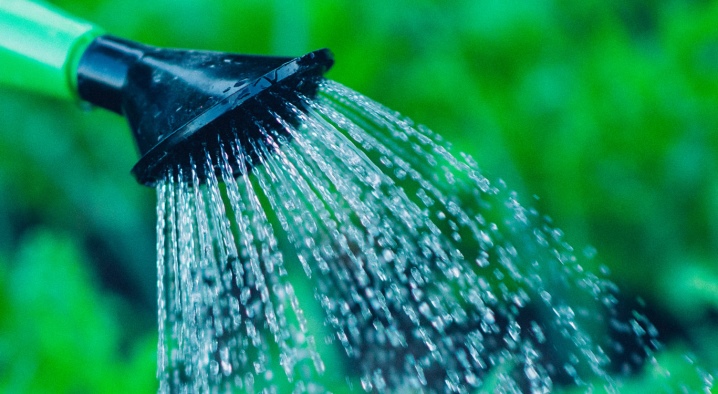
Top dressing
It is believed that even without additional fertilization, the microbiota develops very quickly. The plant does not need excessively frequent fertilizers, unless at a young age. Usually, preventive fertilizers are carried out in the spring season., most often, universal dressings are used for this, which can be purchased at any specialized store. You can also fertilize the plant at the end of summer. This is done in order to build up abundant green mass and prepare the plant for wintering.
It is not recommended to use nitrogen fertilizers, which are very poorly tolerated by the plant. But complex mineral fertilizers with magnesium will be very useful. If fertilizers were initially introduced into the planting pit, then the first top dressing is recommended for the plant no earlier than 2 years later. It is ideal to use compost as fertilizer at the rate of 4-5 kg per 1 sq. M.
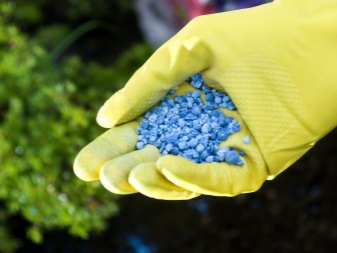
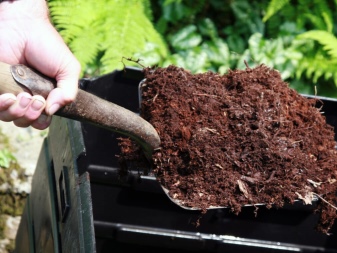
Pruning
As noted, trimming the microbiota is optional. Usually pruning is done to create and maintain a beautiful shrub shape. Shrub-forming pruning can be carried out annually, the shoots are cut in the spring season, but not more than by a third.
Only dried and diseased branches of the plant, as well as those that have been attacked by pests, are subject to mandatory removal.
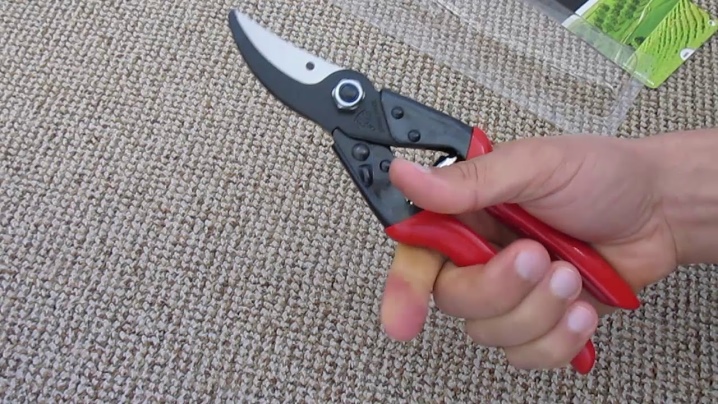
Preparing for winter
Despite the fact that the microbiota is not afraid of frost, it should be properly prepared for winter in the fall. At the end of summer, you can feed the plant, and by the end of autumn, the ephedra should be watered abundantly. For young plants, it is advisable to make a shelter. Adults should also be covered if the winter is not very snowy. Plants are very vulnerable without snow.
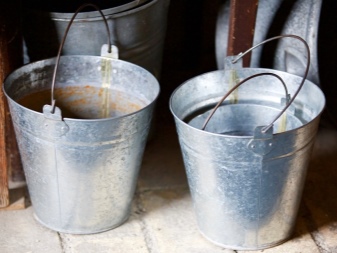

Disease and pest control
Diseases and pests rarely affect the microbiota. This is due to its natural resistance to them and good immunity. With proper watering, mulching and regular feeding, diseases can be completely avoided. If you find any insects on the branches, you can use folk remedies, as well as special insecticides.
Reproduction
Propagate microbiota seeds and cuttings. The first method is quite painstaking, which is why it is extremely rarely chosen not only by beginners, but also by experienced gardeners. The seeds are usually obtained from the buds, which can also be a hassle.
Cutting does not always give good results, but the survival rate for young plants is quite high. For the reproduction of microbiota in this way, cuttings 7-12 cm long with the remnants of the bark should be cut at the end of spring. Slices are recommended to be processed or even soaked for a short time in a growth stimulator. Cuttings can be planted directly into loose soil by covering them with a glass jar. This is done for faster plant survival and creating a greenhouse effect.


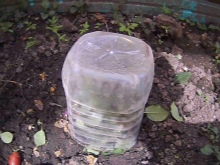
Experts note that the microbiota usually tolerates reproduction by dividing the bush very painfully, therefore this plant is not propagated in this way... In addition, the plant reproduces well. horizontal layering. With this method, the rooting of a young plant occurs within a year.
Beautiful examples in landscape design
The microbiota looks great in the foreground in many garden landscaping compositions. This plant is especially well in harmony with thujas, small spruces, juniper bushes, ferns and cypresses. One composition with microbiota can contain from 3 to 10 plants.
Especially advantageous are the options that are successfully combined with each other in color and contrast.

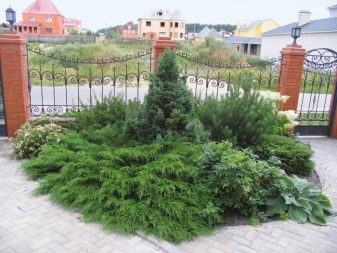
Microbiota grows well near stones and rocks, which is why many landscape designers place this plant next to decorative ponds, stones and large boulders. Such natural paintings look very impressive.
Any kind of microbiota will fit perfectly into an alpine slide or look great on a decorative hillside in a garden. Thus, this plant can be used in a wide variety of compositions. And if you want something original, then you can plant it in a large pot, where it, like in the open field, will grow without any problems.
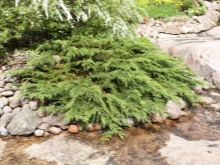

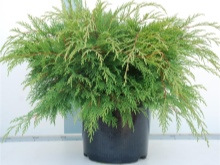
Learn more about microbiota in the following video.







































































































The comment was sent successfully.